AlloBrain@AlloSphere Project
Marcos Novak’s ongoing AlloBrain@AlloSphere project investigates the neurophysiological basis of aesthetic appreciation while at the same time seeking to merge scientific research with avantgarde artistic production
Marcos Novak’s work has long explored the fusion of art, science, and of their modalities of expression into a continuum. His works proceeds along its own adjectival trajectories from liquid architectures, to transarchitectures, to invisible architectures, to transvergence, to his present explorations of the idea of the alien and its own adjectival modifier allo~, suggesting alien architectures or alloarchitectures. Beyond architecture: The encounter with change, especially rapid, technologically driven change of the kind that fractures conceptions and definitions, has become constant, pervasive and relentless. It extends far beyond architecture to encompass all aspects of culture. In his writings he has proposed that this change is sufficiently widespread and deep to warrant naming this period of culture transmodernity, stating that ours is a global transmodern culture directed towards the condition of virtuality, in both a technological and a philosophical sense. Transmodernity, he argues, is characterized by the extensive and deliberate production of an extreme form of the other, for which he has appropriated the term alien, derived from the Greek root allos. The choice of this word focuses attention on the cultural production of the alien as a philosophical and critical notion, useful in shedding light on the global investment of interest, effort and resources to diverse projects such as human cloning, transgenic art, and the Mars mission and beyond, but also calling attention to alienation as a corollary of globalization. Conjoined with the prefix trans~, which he uses to direct attention to the combination of incessant intellectual restlessness and conceptual mobility that characterizes our current epistemological attitudes, bent as these combined aspects are on breaking not only all taxonomic barriers but even emerging and future ones, the alien and its production form an alchemical and kaleidoscopic perpetual-motion machine, one whose epoch-altering output is endless allogenetic transvergence.
Marcos Novak’s ongoing AlloBrain@AlloSphere project investigates the neurophysiological basis of aesthetic appreciation while at the same time seeking to merge scientific research with avantgarde artistic production of new “transvergent” forms of expression Novak’s premise is that the notion of “beauty” has been a persistently important aspect of human life across all cultures through the ages, but is as misunderstood now as concepts such as “chaos” were until not so long ago. Defining “beauty” has been deemed too difficult to consider due to its many subjective components. The fact that most people will report that something (if not necessarily the same thing) is beautiful indicates that there is an objective basis to their assessment. Furthermore, creative people of many kinds (artists and composers, for instance, but also scientists and engineers, and others) not only recognize beauty, but produce it on a regular basis. What is it that these people are doing? What parts of the brain (and “mind” as that which the brain produces) are involved in this, and how? Moreover, what is deemed beautiful has its own objective properties, both formally and structurally, and engenders objective relations with the perceiving mind. Thus, Novak proposes that the report of “beauty” is an objective statement about the relation between two complex and dynamic objects: the artwork and the brain/mind. While what each of us considers beautiful differs, and while our brains/minds also differ, stating that something is beautiful may yet be objective in expressing that a particular resonance has been struck between the perceiver and the perceived. That ‘resonance’ is ‘beauty.’
Of course, there is great variation among people in evaluating attributes of aesthetics. Refusing to be blinded by the relativizing and weak “beauty is in the eye of the beholder” argument, Novak notes that a better approach to the question of beauty may be to study one or few instances as closed systems, learn as much as possible about them, and then see if what has been learned can be generalized to others. As artistic, scientist, and subject, all-in-one, Novak subjects his own physiological body and subjective proclivities of beauty as that closed state in his fMRI brain imaging studies in a feedback loop in which the art affect the brain and the brain generates new data that creates new art, that in turn affects the brain, that generates new data, and so on.
To seed the process, Novak writes generative algorithms that produced stimuli that he can not anticipate in detail, and that trigger in him the reaction of beauty (in terms of visual, spatial, and auditory composition). For this project, the stimuli consisted of either a) an interactive/generative moving/changing image, or b) video recordings of this so that they could be used in the fMRI machine. While in the fMRI machine, he was presented with this video (which was not seen previously). Whenever he felt that the visual compositions were beautiful to him, he pressed a button. The pressing of the button was timed, so that it could be correlated with the activity of the brain at that instant. Additional research with 16- and 128- channel EEG data is adding further detail to the this work. The collected data are then converted to a variety of artifacts, several of which can be seen here. While general conclusions cannot be drawn from a sample of one, Novak holds that studying one sample closely may produce guidelines helpful toward the study of other people. Sometimes studying one mind well is better than studying many minds poorly.
The fMRI and EEG data are converted into an immersive environment, or “world.” This step allows two parallel possibilities: from a scientific viewpoint, it permits the structural and functional data to be perceived from within in ways that conventional visualization techniques do not allow. From an artistic and philosophical viewpoint, it proposes a novel art forms in which the brain (and subsequent mind) produces the world, and the world alters the mind, which in turn produces another world, and so on. In both cases, a feedback loop can be constructed in which the user’s response itself helps generate the stimuli that trigger that response, thus amplifying the effect.
No comments yet. Why not add the first?
Acknowledgements & Credits
Acknowledgements
The Allobrain@Allosphere project has been made in collaboration with the University of California AlloSphere team including Dr. Mark Cohen (UCLA Brain Mapping Center); Dr. JoAnn Kuchera-Morin (UCSB MAT);Dr. Xavier Amatrian (UCSB MAT); and Professor Stephen Pope(UCSB MAT). And UCSB Ph.D. students HyunKyung Ji, Dan Overholt, Lance Putnam, Wesley Smith, John Thompson, and Graham Wakefield. Along with the Transvergence Research Group and the AlloSphere Working Group.
Credits
Texts: All texts were written by the exhibition participants.
Editor: Pamela Jennings, Pittsburgh, PA (USA)
This work has been republished from the 2007 Exhibition 'Speculative Data and the Creative Imaginary: Shared Innovative Visions between Art and Technology' curated by Pamela Jennings As part of the ACM Creativity and Cognition Conference at at the National Academy of Sciences' headquarters at 2100 C St., N.W., Washington, D.C. The original exhibition catalogue can be found at: http://www.pamelajennings.org/PDF/NAS_Catalog.pdf
Exhibition Sponsors
Office of Exhibitions and Cultural Programs of the National Academy of Sciences presenting a program of exhibitions that explore relationships among the arts and sciences, engineering and medicine.
http://www7.nationalacademies.org/arts/
The 2007 Association for Computing Machinery Creativity and Cognition Conference held in Washington D.C. June 13th – 15th, 2007, exploring the theme of cultivating and sustaining creativity: understanding how to design and evaluate computational support tools, digital media, and socio-technical environments that not only empower our creative processes and abilities, but that also encourage and nurture creative mindsets and lifestyles. - http://www.cs.umd.edu/hcil/CC2007/
National Science Foundation Computer, Information Science and Engineering (CISE) Creative IT Program, exploring the synergies between creativity and information technology, science, engineering, and design research.
Copyright is held by the author/owner(s) of the text and images reproduced in this catalog.
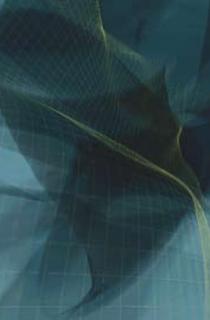
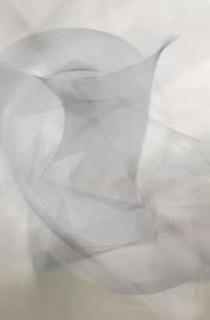
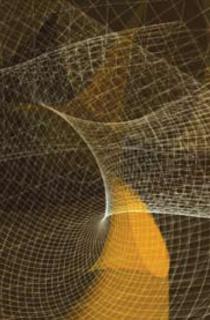
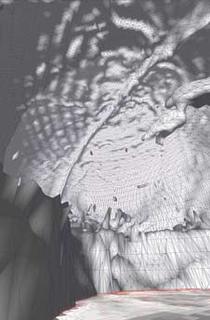
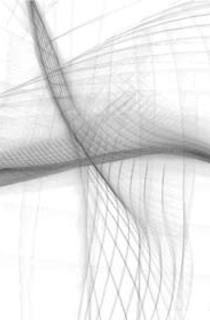
← Back to work
0 Comments